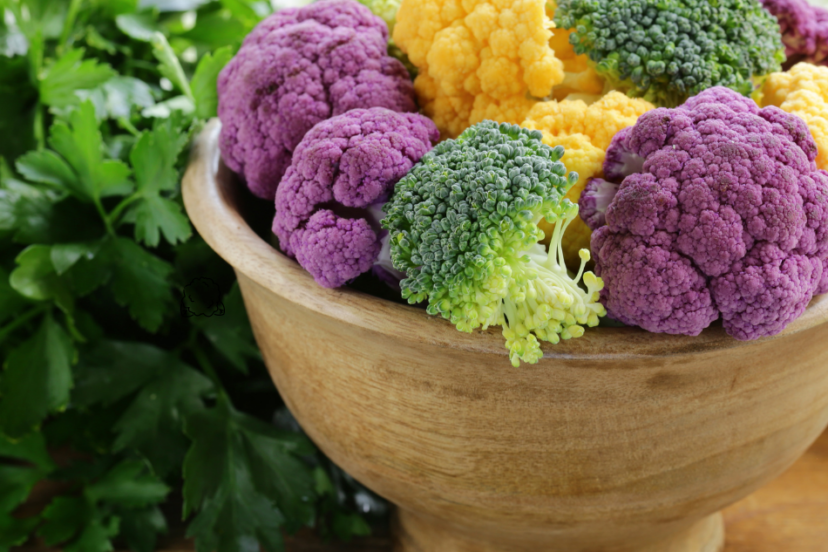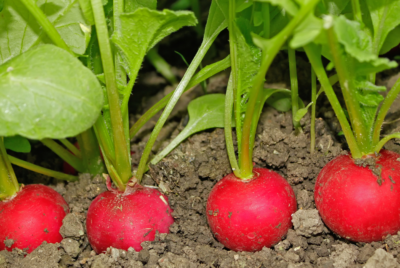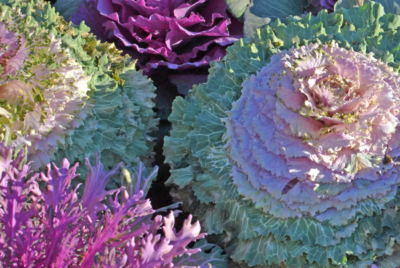Boost Your Garden’s Health With Cauliflower Companion Planting
Companion planting with cauliflower can significantly improve the health and growth of your garden. Not only does cauliflower benefit from certain companion plants, but it can also help repel harmful pests and attract beneficial insects. Learn how to create a thriving garden ecosystem by incorporating cauliflower into your companion planting scheme.
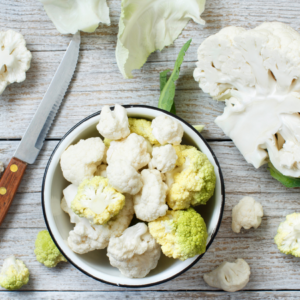
Key Takeaways:
- Companion planting with cauliflower improves the health and growth of your garden.
- Cauliflower thrives when planted next to plants like dill, sage, and chamomile.
- Marigolds make excellent companions for cauliflower, as they deter pests and attract beneficial insects.
- Rotate your cauliflower crops each year to prevent disease buildup in the soil.
- Intercropping cauliflower with plants like onions or spinach can maximize your garden’s space and yield.
Benefits of Companion Planting for Cauliflower

Natural Pest Control
While growing cauliflower, companion planting can act as a natural pest control method, helping to keep harmful insects at bay. For instance, planting marigolds alongside cauliflower can deter pests like aphids and nematodes, protecting your crop without the need for chemical pesticides.
Improved Soil Health
An imperative benefit of companion planting for cauliflower is the improvement of soil health. By intercropping with plants like legumes, which fix nitrogen into the soil, cauliflower can enjoy enhanced nutrient availability and soil structure. This leads to healthier plants with more significant resistance to diseases and stress, promoting better overall growth.
Another way companion planting benefits cauliflower’s soil health is through increased biodiversity. Having a diverse range of plants in close proximity can foster beneficial soil microbes and organisms, creating a balanced ecosystem underground that supports the growth of your cauliflower plants.

Cauliflower’s Best Friends
Planting with Herbs for Flavor and Protection
Even cauliflower needs good company in the garden! Planting herbs like mint, dill, and rosemary near your cauliflower not only adds a burst of flavors to your dishes but also helps protect your cauliflower from pests. Herbs can act as natural pest repellents, keeping unwanted insects at bay.
Flower Power: Attracting Beneficial Insects
Power up your cauliflower patch by planting colorful flowers like marigolds and nasturtiums nearby. These blooms attract beneficial insects such as ladybugs and lacewings, which feast on pests that can harm your cauliflower. By inviting these good bugs into your garden, you create a natural defense system that helps keep your plants healthy.
Understanding the role of beneficial insects can make a significant impact on the health of your garden. For example, ladybugs are voracious aphid-eaters, while lacewings devour caterpillars and other harmful pests. By creating a welcoming environment for these beneficial insects, you can reduce the need for chemical pesticides and promote a more balanced ecosystem in your garden.

Cauliflower’s Not-So-Friendly Neighbors
Plants to Avoid Planting Near Cauliflower
Once again, when planning your garden layout, it’s vital to consider which plants are not compatible with cauliflower. Cauliflowers might not get along with strawberries and tomatoes. These plants can attract similar pests that could harm your cauliflower crop. It’s best to keep them separated to prevent any issues.
Why Some Plants Just Don’t Get Along
With companion planting, certain plants thrive when placed together, while others just don’t seem to gel. Understanding the reasons behind these dynamics can help you make informed decisions for a healthier garden. Some plants release chemicals that hinder the growth of their neighbors, impacting their health and overall productivity.

Putting it all Together: Creating a Thriving Cauliflower Garden
Sample Garden Layouts
Keep your cauliflower garden healthy and thriving with these sample garden layouts. An ideal setup includes planting cauliflower alongside spinach to deter pests and marigolds to attract beneficial insects.
Tips for Successful Companion Planting
An vital aspect of successful companion planting is choosing the right plants to complement your cauliflower. Ensure a thriving garden by following these tips. Plant chives near cauliflower to repel pests, and avoid planting cauliflower near strawberries as they can inhibit each other’s growth. Consider pairing cauliflower with basil to enhance its flavor.
Creating a Harmonious Garden
Together, maximizing the benefits of companion planting will result in a harmonious and flourishing garden. Choose plants that have complementary growth patterns and colors, and create a diverse ecosystem to support healthy plant growth. Avoid planting brassicas near cauliflower, as they can attract similar pests. Assume that maintaining a balance of plant types will contribute to a successful harvest.
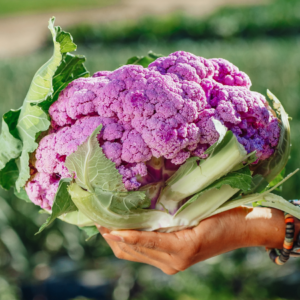
Final Words
To wrap up, incorporating cauliflower into your garden with companion planting can provide numerous benefits such as pest control, improved soil health, and increased yield. By strategically pairing cauliflower with compatible plants, you can create a thriving ecosystem that promotes overall garden health. Experiment with different combinations to find what works best for your garden and enjoy the rewards of a bountiful harvest!
FAQ
Q: What is companion planting?
A: Companion planting is the practice of planting different crops near each other to achieve benefits such as pest control, increased pollination, and better growth.
Q: Why should I use companion planting in my garden?
A: Companion planting can help improve the health and yield of your garden by promoting natural pest control, enhancing nutrient uptake, and attracting beneficial insects.
Q: Which plants are good companions for cauliflower?
A: Good companions for cauliflower include dill, mint, oregano, and thyme, as they can help repel pests and improve the overall health of the cauliflower plants.
Q: Are there plants I should avoid planting near cauliflower?
A: Yes, you should avoid planting cauliflower near tomatoes, strawberries, and pole beans, as they can inhibit the growth of cauliflower or attract pests that can damage the plants.
Q: How can I implement companion planting in my garden?
A: To implement companion planting in your garden, create planting plans that take into account the beneficial relationships between different plants, and experiment with different combinations to see what works best for your specific garden and growing conditions.
Beginners Guide to growing Lemon Trees in your Backyard
Unconventional Remedies to Eliminate Aphids
Companion Planting for successful low oxalate gardening
Top Tips for Growing Peach Trees in Pots
Unlocking The Secret to Growing Fig Trees in Pots
How to grow a Banana Tree fro A Banana

